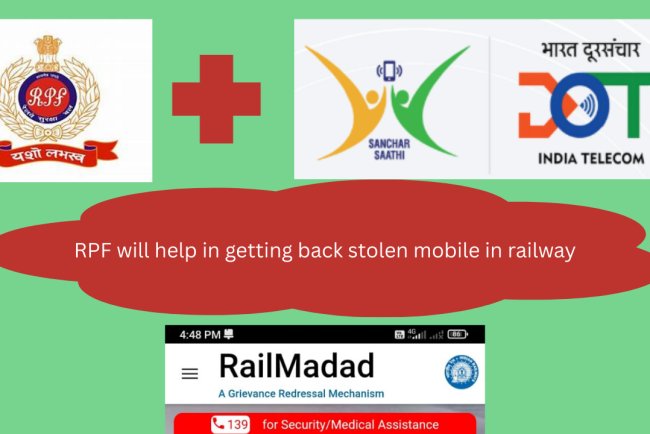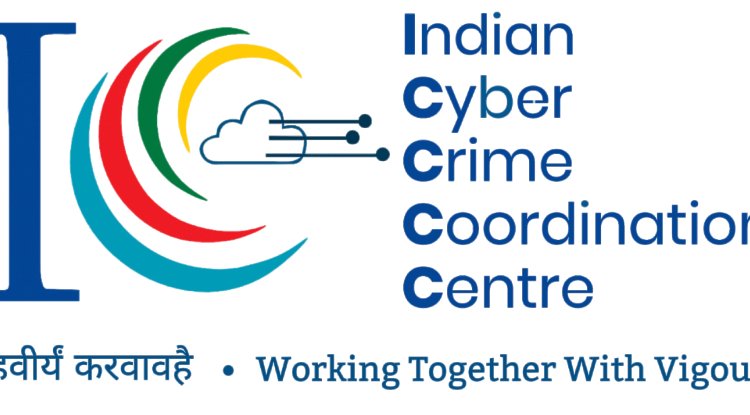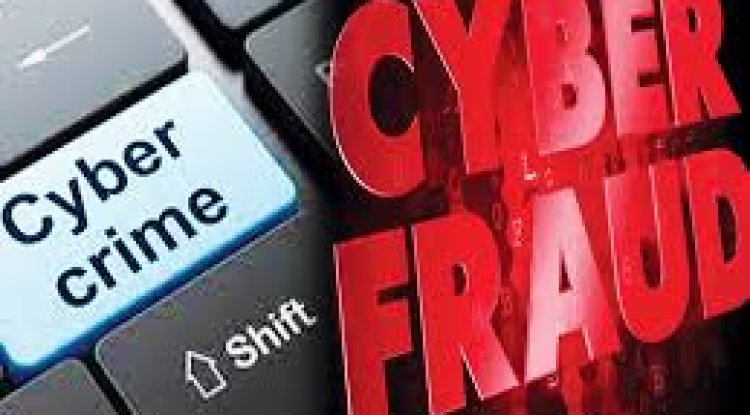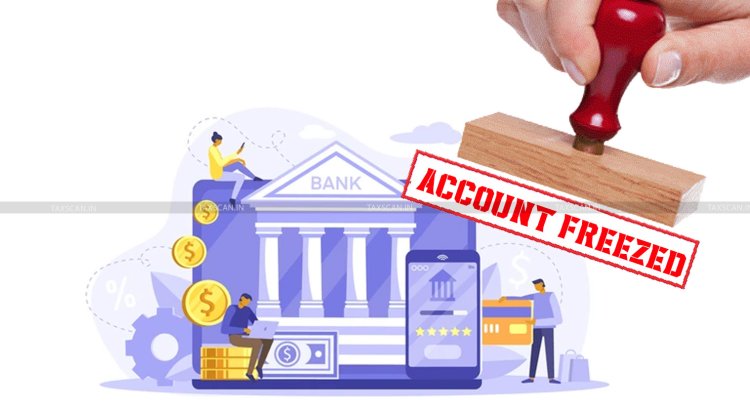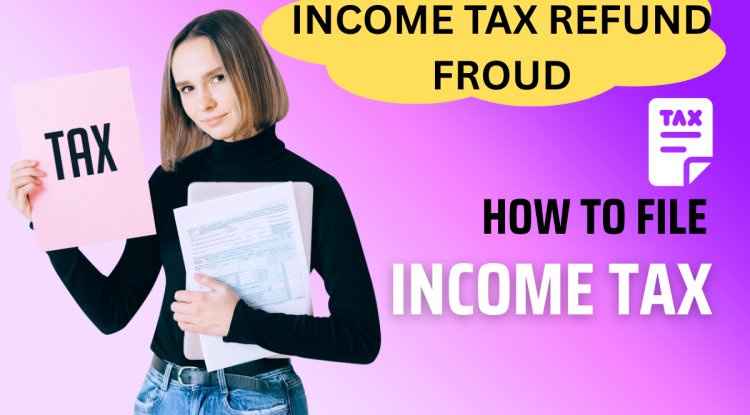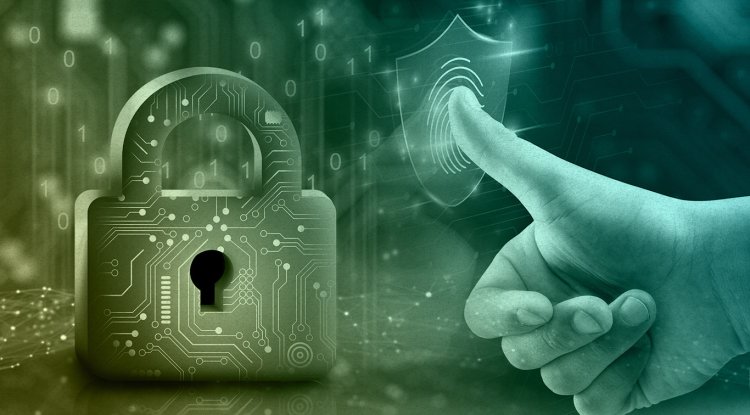Justice for All: Lok Adalat, Lokpal, and Juvenile Courts Explained
In order to relieve the strain on normal courts, Lok Adalat (People's Court) offers a quick, informal, and cost-free way to resolve civil and compoundable criminal issues through mutual compromise. As a primary anti-corruption watchdog, the Lokpal has the authority to look into accusations against public servants, such as the prime minister, ministers, and members of parliament, in order to maintain accountability and transparency in government. Children under 18 who are in legal trouble are handled by Juvenile Court (via the Juvenile Justice Board). Its goal is to rehabilitate young offenders and defend their rights by emphasizing reform rather than punishment.
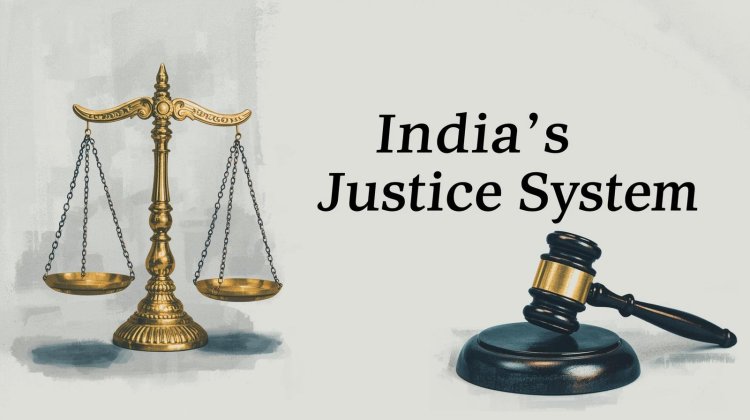
What is Lok Adalat?
Lok Adalat (लोक अदालत) means "People’s Court" in India. It is a system of alternative dispute resolution (ADR) where disputes or cases pending in courts (or at a pre-litigation stage) are settled amicably through compromise or mutual agreement.
Origin and Background
-
The concept of Lok Adalat is rooted in the ancient Indian tradition of resolving disputes through community-based justice systems, such as panchayats and village councils.
-
To reduce the burden on Indian courts and ensure access to justice for all, the idea of institutionalizing Lok Adalats was formalized in the 1980s.
-
It was given statutory status through the Legal Services Authorities Act, 1987, which came into force on November 9, 1995 — celebrated as National Legal Services Day.
Legal Basis
Legal Services Authorities Act, 1987
This Act provides the framework and authority for Lok Adalats.
Important Sections:
-
Section 19 – Organization of Lok Adalats
-
Section 20 – Cognizance of cases by Lok Adalats
-
Section 21 – Award of Lok Adalat is final and binding
-
Section 22A & 22B – Provisions for Permanent Lok Adalat (for public utility services)
Structure and Levels of Lok Adalat
Organized at various levels by Legal Services Authorities:
| Level | Organized by |
|---|---|
| State Level | State Legal Services Authority |
| District Level | District Legal Services Authority |
| Taluk Level | Taluk Legal Services Committee |
| High Courts | High Court Legal Services Committee |
| Supreme Court | Supreme Court Legal Services Committee |
Composition of Lok Adalat
Each Lok Adalat bench typically includes:
-
A sitting or retired judge (as the Chairman)
-
A legal expert or advocate
-
A social worker or non-legal member
This mix ensures legal expertise and social sensitivity in resolving disputes.
Types of Lok Adalats
a) Permanent Lok Adalat (PLA)
Resolves conflicts with public utility services, such as power, water, mail, and transportation. has the authority to make a decision even in cases when the parties are unable to come to an agreement. created in accordance with Section 22B.
b) National Lok Adalat
Held on a single day in every court across the country. focuses on particular case categories, such as bank recovery, matrimonial, and auto accident claims. coordinated by the National Legal Services Authority, or NALSA.
c) Mega Lok Adalat
Held in all courts within a state on the same day. Aims to resolve as many cases as possible.
d) Mobile Lok Adalat
shifts locations frequently, particularly in isolated or rural places brings the legal system to people's homes.
Working Procedure of Lok Adalat
A. Before Lok Adalat
Parties can apply voluntarily to transfer their pending case to Lok Adalat. Even pre-litigation cases (before a court case starts) can be referred.
B. During Lok Adalat
The bench listens to both parties in an informal setting. No strict procedural or evidence rules apply. If both parties agree, a settlement is drafted.
C. After Lok Adalat
The settlement award is signed and passed. It has the status of a civil court decree. The decision is binding, final, and non-appealable in any court.
Types of Cases Admitted
| Admitted | Not Admitted |
|---|---|
| Civil disputes | Non-compoundable criminal cases |
| Matrimonial disputes | Serious crimes (rape, murder, etc.) |
| Motor accident claims | Cases involving public interest litigation |
| Labour disputes | Constitutional matters |
| Consumer complaints | Tax evasion or black money cases |
| Bank recovery cases | Complex commercial frauds |
What is Lokpal?
Lokpal is an anti-corruption authority or ombudsman established in India to investigate complaints against public officials, including the Prime Minister, Ministers, Members of Parliament, and government employees.
The term "Lokpal" combines two Sanskrit words:
-
"Lok" = people
-
"Pal" = protector or caretaker
So, Lokpal means "protector of the people."
Legal Background
The Lokpal and Lokayuktas Act, 2013 was passed by the Indian Parliament in December 2013 and came into effect on January 16, 2014.
This Act:
-
Establishes the Lokpal at the central level
-
Mandates the creation of Lokayuktas (similar bodies) at the state level
Structure of Lokpal
1. Composition
Lokpal is a multi-member body comprising:
| Position | Number |
|---|---|
| Chairperson | 1 (can be a former Chief Justice of India or Supreme Court judge) |
| Members | Up to 8 (50% must be judicial members) |
At least 50% of members must be from SCs, STs, OBCs, minorities, or women, ensuring inclusiveness.
2. Appointment Process
Members are appointed by the President of India based on the recommendation of a Selection Committee:
Selection Committee includes:
-
Prime Minister (Chairperson)
-
Speaker of the Lok Sabha
-
Leader of Opposition in Lok Sabha
-
Chief Justice of India or a Supreme Court Judge
-
An eminent jurist (nominated by the President)
Powers and Jurisdiction of Lokpal
Lokpal can inquire into allegations of corruption against:
-
Prime Minister (with limitations)
-
Union Ministers
-
Members of Parliament
-
Officials of the central government
-
Employees of public sector undertakings (PSUs)
-
Autonomous bodies, NGOs, or institutions receiving public funds (above ₹1 crore)
Restrictions: Lokpal cannot investigate matters involving:
-
Foreign affairs and internal security
-
PM’s conduct unless there is concrete evidence
Functions and Powers
-
Investigate corruption complaints
-
Recommend disciplinary action or prosecution
-
Direct Central Bureau of Investigation (CBI) to conduct inquiries
-
Confiscate assets gained through corrupt practices
-
Ensure time-bound investigations
The inquiry must be completed within 60 days, and investigations within 6 months (extendable to 1 year).
Why Was Lokpal Created?
Strong public pressure for a robust anti-corruption organization resulted from the general outrage against corruption, particularly following high-profile frauds (2G, Commonwealth Games, etc.), as well as the 2011 Anna Hazare-led India Against Corruption Movement. As a result, the Lokpal Act was passed in 2013.
Lokpal’s First Chairperson
The first Lokpal of India: Justice Pinaki Chandra Ghose, appointed in March 2019. Before that, the position remained vacant for 5 years after the Act was passed.
What is a Juvenile Court?
A Juvenile Court is a special court that deals with cases involving minors—children or adolescents—who are accused of committing crimes or are in need of care and protection.
In India, a "juvenile" is defined as a person below 18 years of age, as per the Juvenile Justice (Care and Protection of Children) Act, 2015.
Purpose of a Juvenile Court
Unlike regular criminal courts, the main focus of a Juvenile Court is reformation and rehabilitation, not punishment.
Instead than treating the youngster like an adult criminal, the objective is to comprehend their past, issues, and behavior and assist them in becoming a better citizen.
Legal Basis in India
The main piece of legislation controlling juvenile justice in India is the Juvenile Justice (Care and Protection of Children) Act, 2015.
The 2000 Act was superseded by this Act, which brought about modifications like:
permitting minors between the ages of 16 and 18 to face adult trials for serious crimes (such as rape or murder) bolstering the system for child welfare Creating Child Welfare Committees (CWCs) and Juvenile Justice Boards (JJBs)
What Is a Juvenile Justice Board (JJB)?
A Juvenile Justice Board acts like a juvenile court. It is responsible for conducting inquiries and trials involving minors.
Composition of a JJB:
-
One Metropolitan Magistrate or Judicial Magistrate (1st class), as the chairperson
-
Two social workers, including at least one woman
This ensures a balanced, child-sensitive approach to justice.
Who Can Be Tried in Juvenile Court?
1. Children in Conflict with Law (CCL)
-
Children under 18 accused of breaking the law.
2. Children in Need of Care and Protection (CNCP)
-
Abandoned, abused, trafficked, or street children.
-
Handled by Child Welfare Committees (CWCs).
Categories of Offences (under JJ Act)
| Type of Offence | Punishment | Example |
|---|---|---|
| Petty Offence | Up to 3 years | Stealing, minor scuffles |
| Serious Offence | 3 to 7 years | Burglary, attempt to cause harm |
| Heinous Offence | More than 7 years | Rape, murder |
Children aged 16–18 years may be tried as adults only for heinous crimes, if the board finds they had mature understanding of the crime.
Procedure in Juvenile Court
-
Child is brought to the JJB
-
Usually by police or child protection officers
-
The child is not kept in jail, but in a Child Care Institution
-
-
Preliminary assessment (for heinous crimes, age 16–18)
-
Determines mental maturity and intent
-
-
Trial/inquiry is conducted
-
In a child-friendly, non-adversarial manner
-
No lawyers arguing like in adult courts
-
-
Rehabilitation plan
-
If found guilty, the child may be:
-
Sent to a Special Home for up to 3 years
-
Placed under counseling, community service, or probation
-
-
-
Records are confidential
-
The child’s identity is protected.
-
Criminal records are not carried into adulthood, except in rare cases.
-
Objectives of Juvenile Courts
| Goal | Description |
|---|---|
| Reformation | Help the child understand their mistake and reform |
| Rehabilitation | Provide shelter, education, counseling, and skill training |
| Protection | Ensure minors are treated with dignity and care |
| Prevention | Discourage repeat offenses by addressing root causes |
Follow cyberdeepakyadav.com on
Facebook, Twitter, LinkedIn, Instagram, and YouTube
What's Your Reaction?








